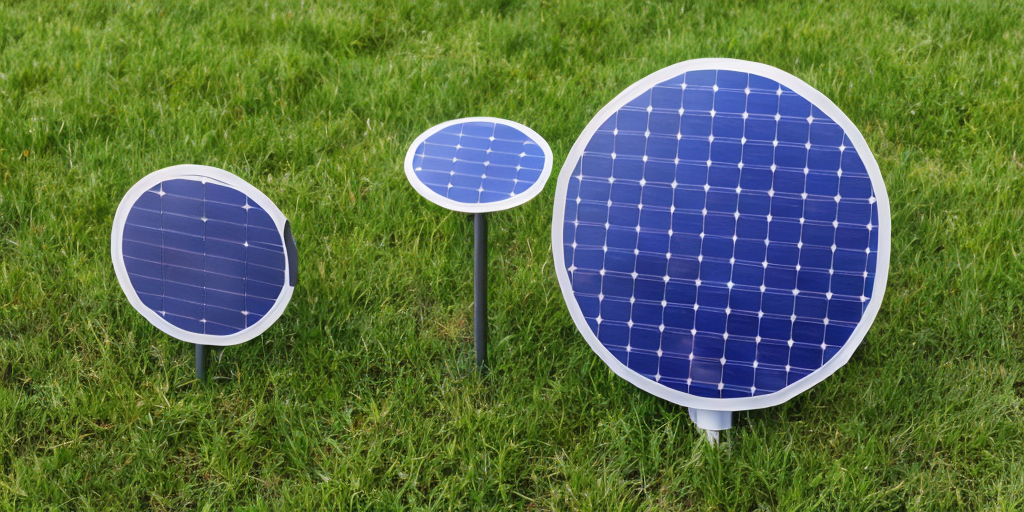I’m starting to design a quite large solar pergola, to be built in the southern uk. Has anyone got any advice on the different methods of adding waterproofing between panels? And/or any general tips or experiences in constructing the pergola?
For my pergola I caulked between each set of panels. I used clamps to compress the caulk and hold the panels during mounting. I didn’t need them to be 100% water proof, but if I had, I would have added T-molding on the top between the panels in addition to the caulk. I only have one row of panels on my pergola so this was pretty easy. If I had multiple rows, this method would not work. So my advice would be to stick to 1 row of the longest panels you can get.
If, on the other hand you need/want multiple rows, you will need to go with a different method. You could add a trough/gutter between rows to collect the water from each row and move it to the end of the row. Alternatively you could use an under deck drainage system or hack one together your self using large sheets tin/plastic panels.
As far as tips in constructing the pergola, one of the mistakes I made was in using 4x6 lumber for the top beam. Not sure how it is around the world, but our lumber has slightly rounded edges and I was limited in the length of lumber that I could get. If I had it to do again I would have used either 2x6 or 2x8 lumber and cut off the rounded edges and then sandwiched multiple ones together (glued and screwed) to create the exact lengths I needed with perfectly square edges. In fact, I would have cut off all of the rounded edges on all of the beams. I noticed before putting the solar panels on that I was mounting them to a couple of stainless steel U rails (facing down so as not to trap water). I forgot to paint or even thoroughly clean these and they are somewhat noticeable so If I had it to do again I would have cleaned and painted them. I made sure to add pieces of rubber between the rails and the solar panels so they wouldn’t corrode.
For what I did right and would do again, I used black decorative metal connectors between all members and at the base of the posts which turned out very nice (I had to paint some to match). But it was hard to paint the wood around the brackets so I would be sure to prime and paint before assembly (at least under and around the brackets).
Sound advice, thanks. I’m beginning to think that the area I need to cover is too large to expect the panels to do the job of keeping water out, and by making such a large area out of panels I’ll be trapping an awful lot of heat under them - making a roof on the structure first, and then putting panels on over that will let me space them out so each row can shed it’s heat a bit.
I think my main lateral beams will be 2x8, as you say. My main length is too long for a single span, so overlapping 2x8s will give me the strength.
Consider using bifacials to collect ground reflected solar, too.
I’ll definitely be using bifacial panels, for applications where size is a limiting factor they’re really effective. If it wasn’t in such a visible place, I’d back them with fluorescent paint too, that apparently ups their efficiency again.
Edit: bifacial panels. Biracial panels are something else entirely. Thanks Autocucumber
Interesting idea with the paint - you mean paint the back side?
Bifacials pick up extra reflected light from the ground or water, etc., so paint will negate that.
And they are semi-translucent and let through some nice ambient light.
If you get the construction right - rafters spaced to panel width - then you’re cooking with induction. (as the saying goes I just made up)
No, I mean if you’re putting them into a surface such asa roof, you can paint the roof in fluorescent paint, and due to the paint converting non-visible wavelengths of light into visible ones, it effectively reflects more light back into the rear of the cells than comes past the front of the cell.
Definitely do not paint the back of the panel!


